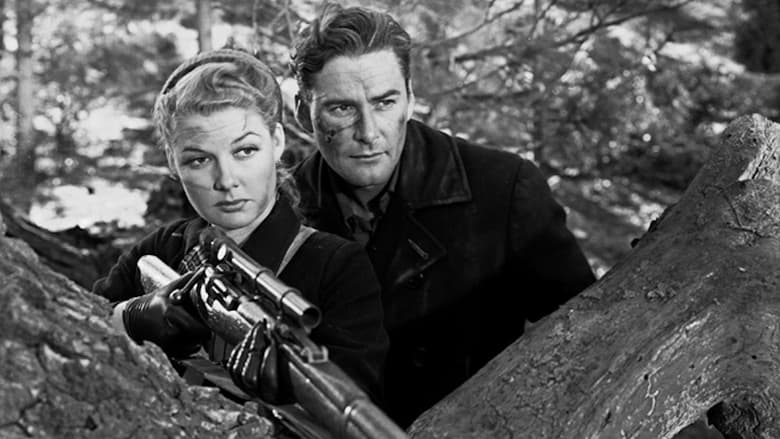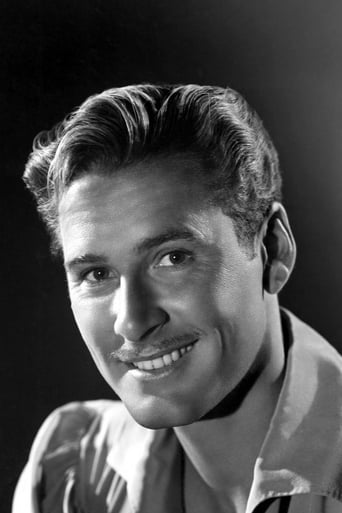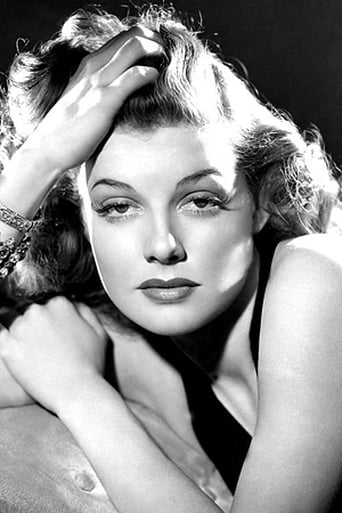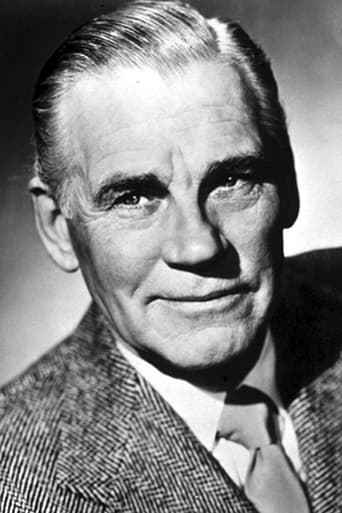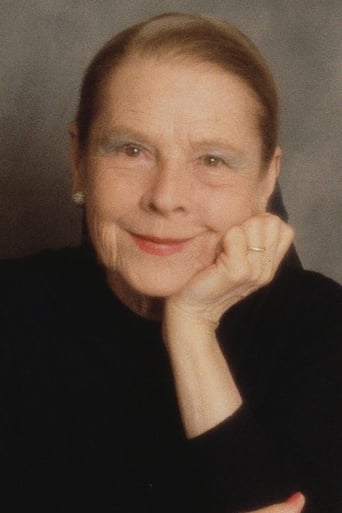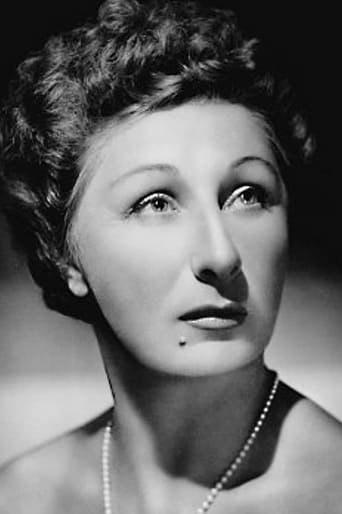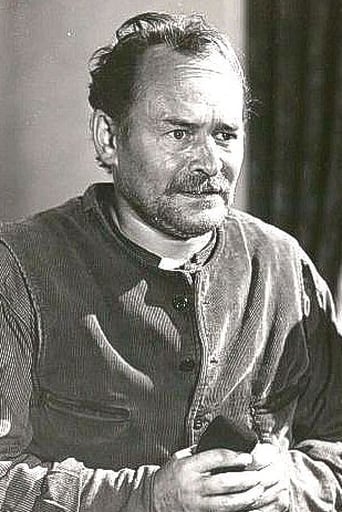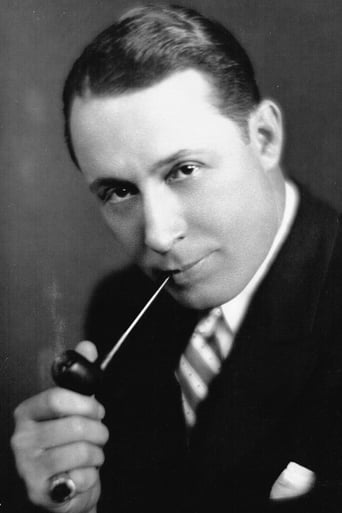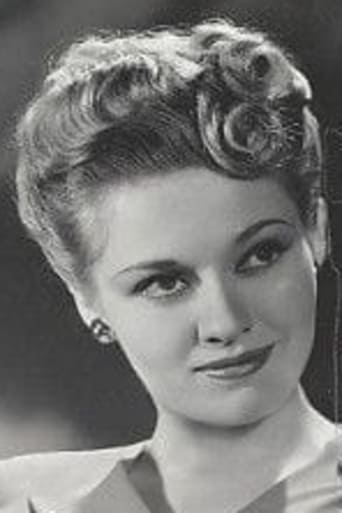
The film pivots around the local Norwegian doctor and his family. The doctor's wife (Ruth Gordon) wants to hold on to the pretence of gracious living and ignore their German occupiers. The doctor, Martin Stensgard (Walter Huston), would also prefer to stay neutral, but is torn. His brother-in-law, the wealthy owner of the local fish cannery, collaborates with the Nazis. The doctor's daughter, Karen (Ann Sheridan), is involved with the resistance and with its leader Gunnar Brogge (Errol Flynn). The doctor's son has just returned to town, having been sent down from the university, and is soon influenced by his Nazi-sympathizer uncle. Captain Koenig (Helmut Dantine), the young German commandant of the occupying garrison, whose fanatic determination to do everything by the book and spoutings about the invincibility of the Reich hides a growing fear of a local uprising.
Similar titles
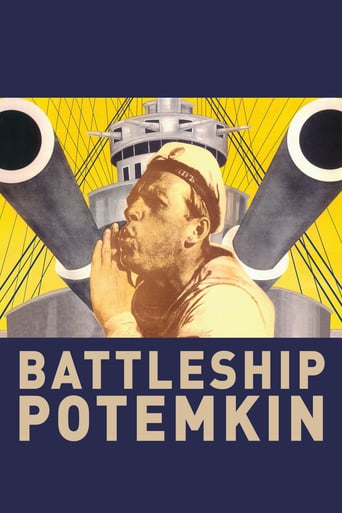

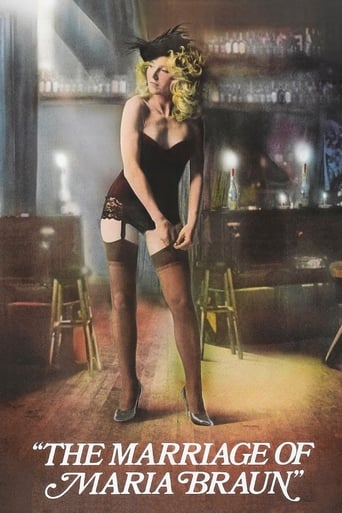
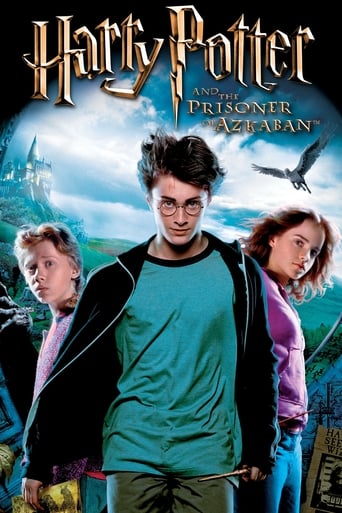
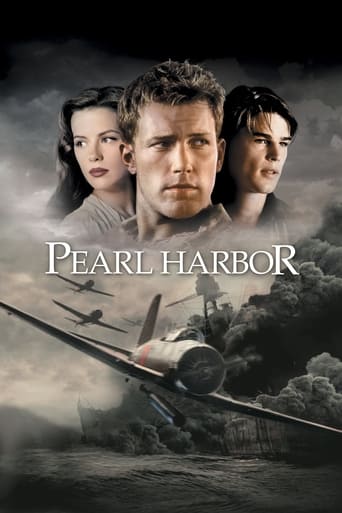
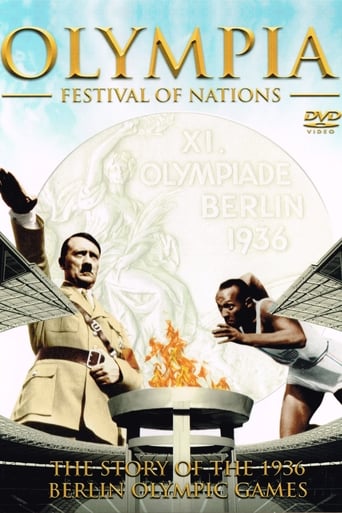
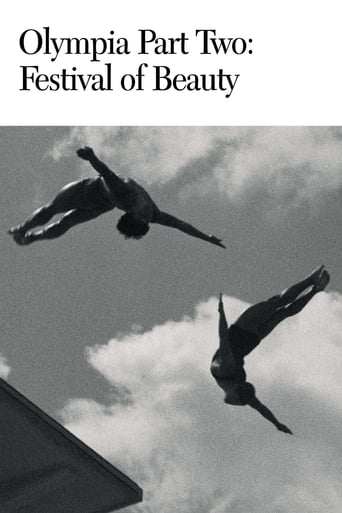
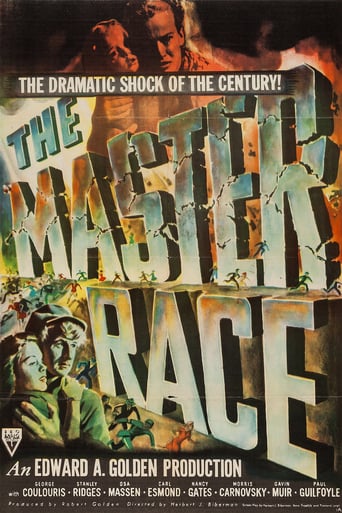
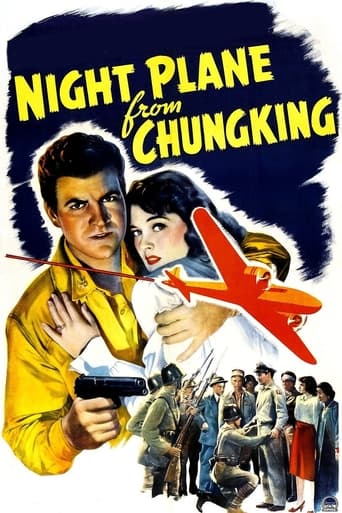
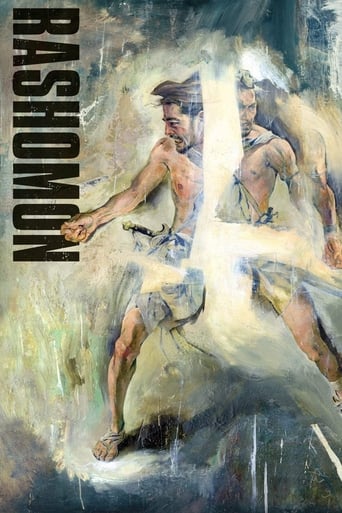
Reviews
Good movie but grossly overrated
Best movie ever!
Beautiful, moving film.
Exactly the movie you think it is, but not the movie you want it to be.
My review title is, of course, a take on the Warners film released 2 years earlier: "They Died With their Boots On", also starring Errol Flynn, as G.A. Custer, and featuring the annihilation of his cavalry command by a confederation of Native Americans attempting to defend their treatied homelands against the illegal invasion of swarms of gold seekers, who generally considered the N.A.s a much inferior race of 'savages', justifying their virtual annihilation, if necessary. Sound familiar? In this powerfully dramatized film, it's the Nazis who are playing the role of Custer and the gold seekers, who feel justified in overrunning the traditional territories of their neighbors, with the ultimate goal of replacing these peoples, considered genetically inferior, if not raving savages, with their own offspring. As in the case of Custer, the natives(Norwegians) have an advantage in a sizable numerical superiority and greater familiarity with the territory, if a marked disadvantage in armaments.Fulfilling its wartime purpose of encouraging public support to help defeat the Nazis, the film strongly suggests that, with sufficient outside support in smuggled armaments, 'resistance' groups in Nazi-occupied regions might be successful in significant sabotage and passive resistance projects, making a significant contribution toward the ultimate unraveling of the Nazi empire. The film ends with the locally victorious Norwegians trudging off into the forest near their fishing village, fearful of Nazi reprisals for their annihilation of the sizable German garrison, and presumably planning further sabotage operations until the Germans leave. Accompanying this visuals, we hear a historic FDR speech, featuring the plight of the Norwegians, along with a stirring final rendering of the recurring Luther hymn "A Mighty Fortress Is Our God" in the background, making the resistance against the Nazis seem more like a 'holy war' against the forces of evil. This is the only one of the 5 war-propaganda films starring Flynn released by Warners during the war that was not directed by Raoul Walsh. Lewis Milestone was born to Russian Jewish parents, who emigrated to the US when he was a teen. Thus, it's quite understandable that he relished the directing job of several anti-Axis films during the war. As with the present film, "The North Star" emphasizes the hopes and activities of 'resistance' groups within Nazi-controlled regions. The highly acclaimed "A Walk in the Sun" looks at the war from the myopic viewpoint of the ordinary soldier. "The Purple Heart" dramatizes the incarceration and trial of a group of American fliers captured by the Japanese. Like the fanatical Nazi Captain Keonig, in the present film, the fanatical Japanese commander involved commits suicide in the end: his indoctrinated assumption of what American servicemen are like, and the myth of the invincibility of the Japanese armed forces, shattered.Very ironically, Helmut Dantine, who plays Captain Keonig, imbued with the standard Nazi assumption of racial superiority, was the former leader of Vienna anti-Nazi activists, forced to flee to the US, winding up in LA. He played a similar role in several other wartime films, including "Northern Pursuit", where Flynn again plays his chief nemesis.The film begins with a Nazi patrol plane (which looks like a slightly modified Lockheed Hudson light bomber, used in several Warner wartime films) observes a Norwegian flag flying over a coastal German garrison, instigating a patrol boat to investigate. They discover the gruesome sight of hundreds of German and Norwegian bodies strewn all over outside and inside the compound and adjacent fishing village. Otherwise , both seem deserted , except for one deranged Norwegian, who is promptly machine-gunned. We will see a similar sight near the end of the film. Meanwhile, the remainder of the film consists of a flashback to events leading up to this massacre.The bulk of the film consists of characterizations of a spectrum of responses to the Nazi takeover: from outright cooperation with the Nazis, to uneasy neutrality, to determined passive and/or active resistance. Some change their position during the film. Another major section deals with the secret acquisition and hiding of armaments from a British submarine: part of a British plan for a coordinated uprising of all coastal towns against the local Germans. This plan is articulated by a British spy(played by Henry Brandon), as one of the garrison Germans. The last part of the film deals with the actual armed revolt. Although many Norwegians die, some seem immune to the German machinegun fire.Flynn's character, as the leader of the local resistance group, is named Gunnar, as was the most famous leader of Norwegian resistance(Gunnar Sonsteby), tales of his activities having already reached the outside when this film was scripted... Glamorous-looking Anne Sheridan, as Gunnar's gung-ho 'resistance' girlfriend, makes the most convincing romantic partner for Flynn in his 5 war-propaganda films...Nancy Coleman, who played an anti-Nazi German and Flynn's fleeting romantic interest in the previous "Desperate Journey", here plays the 'kept' Polish mistress of the collective German officers, who mocks them when they are facing annihilation, being shot in response...Richard Fraser plays the conflicted pastor: advocating non-resistance, but firing the first shots of the showdown, when the 'resistance' leaders are about to be executed.There's so much more to this film, but I'm about out of space.
"Edge of Darkness" is a film built around the meaning of the word "quisling"--one who collaborates with the enemy--and the fact that the word comes from an infamous Norwegian. The story is about a Nazi-occupied Norwegian fishing village during WWII. Since Hollywood produced this film in 1943, it is not surprising that, like all films of the era, it succumbs to propaganda in place of authenticity.But this film goes completely overboard in its attempts to dramatize the philosophical differences between those who choose freedom versus those who seek to conquer. This is a film of caricatures. At times it has a noir style, but the leaden delivery of the dialogue sinks this film. If you read about the problems that plagued this production (see the trivia notes), you can understand how the performances might be compromised. Ruth Gordon, whose performance I enjoyed the most, said she hated the film.One major problem is the musical score, which is even more heavy-handed than the script. I have a feeling that the book might be a good read, but its translation to film is over the top. There are some well-written speeches that feel out of place in this corny rendition of wartime resistance. There are many films that do it better, particularly with regard to the French resistance. Or how about "Casablanca"?Much of the dialogue in this film is laughable, because it forces the characters to say things no one would ever say. "We are soldiers, soldiers of our Fuhrer. These are rebels. They must not win!" I really don't think audiences in 1943 had to be convinced that the Nazis were morally in the wrong. Yet films like this continued to beat them over the head with simplistic pleas that draw the Germans (and Japanese) as evil, sometimes even subhuman, people.I believe the story is meant to be about bravery and loyalty. It is somewhat successful at that, but the overall film sinks under the weight of its own overdone propaganda.
This is one of those heart-stirring war movies about ordinary citizens brutalized by arrogant, violent invaders. Rising up against their oppressors, knowing that it will mean death for many, the common folk achieve moral victory in the end. Who can belittle a theme like that? There are moments where the courage and determination of the common heroes can evoke a tear or give you a lump in your throat, and the sense of triumph at the end is uplifting. Having acknowledged all that, it has to be pointed out for the sake of newcomers to the film that the film is also unabashed melodrama, in which everything is black and white with no greys, where everything is just a little too much--too much nobility and self-sacrifice on one side, too much cruelty and inhumanity on the other, too many fine speeches, too many tear-jerking moments, too many scenes with the sole purpose of playing on the viewer's heartstrings. If you're prepared for the melodrama and not expecting anything too close to the complex reality of actual people and actual situations, you can enjoy this movie.
Powerful, dramatic, and rousing, this 1940's war propaganda movie is of the same stock as The Whits Cliffs of Cover and Blockade, only with a different approach. Set in the backdrop of Norway, the movie focuses its energies on the proletariat and their struggles against the Nazis. Errol Flynn stars in a role that is more dual leadership than his previous sole leadership roles. Ann Sheridan takes the female part in a role that was not commonly depicted in the -40's: a strong woman. Although slightly biased (as were the majority of films conceived in this time period), the movie is moving and evocative. Not Errol's strongest role, this movie, after viewing hundreds of 30's and 40's movies, is one of the best ones in terms of its message, objective, and acting.
Top Streaming Movies











